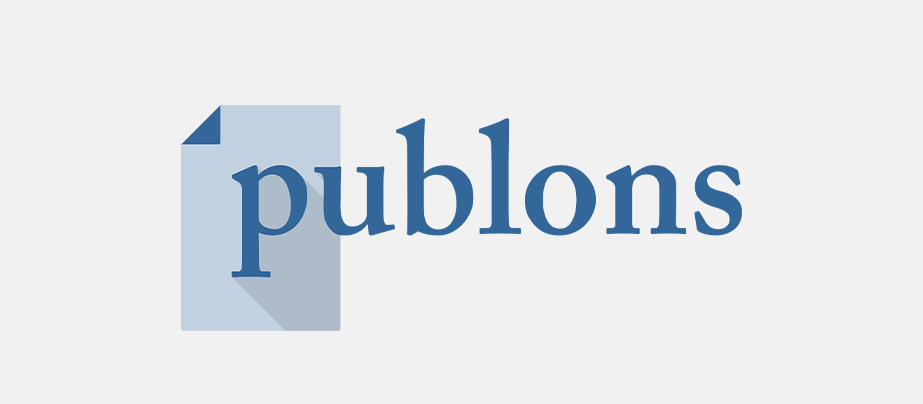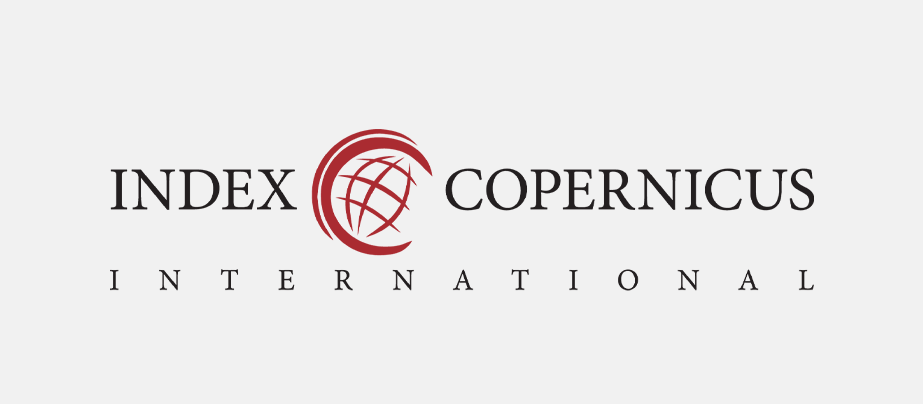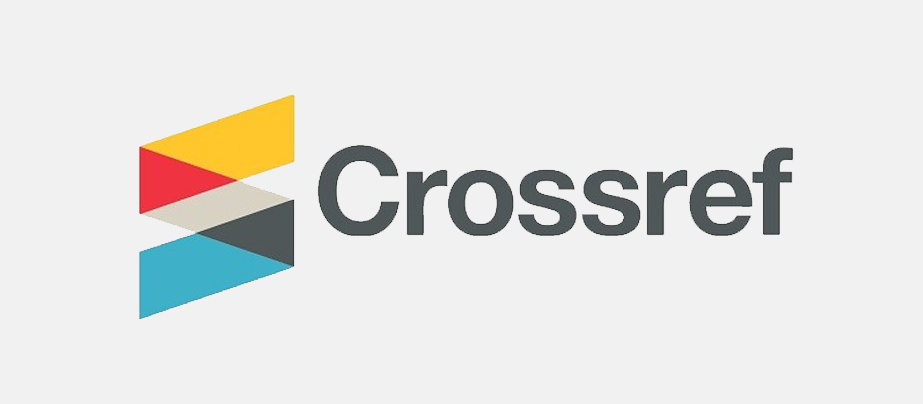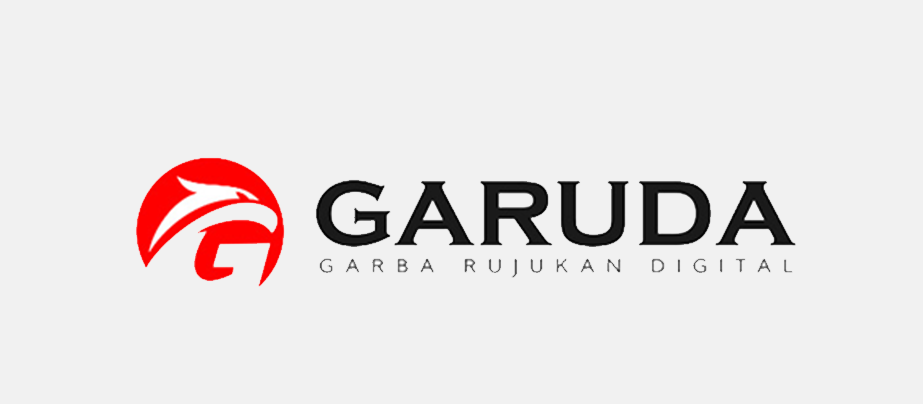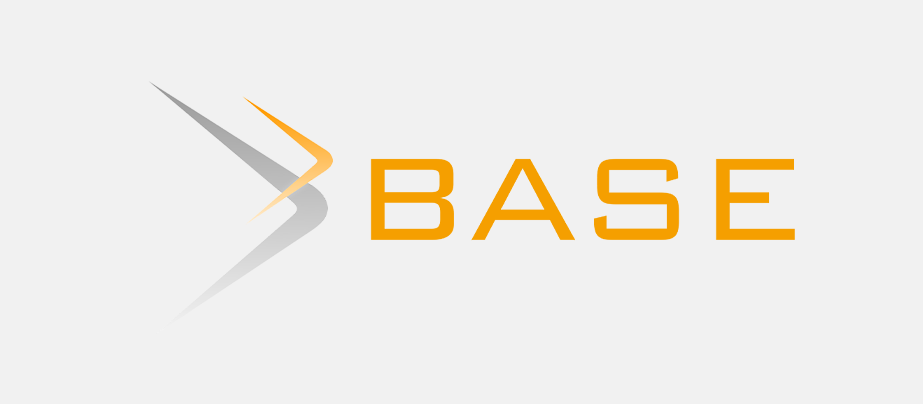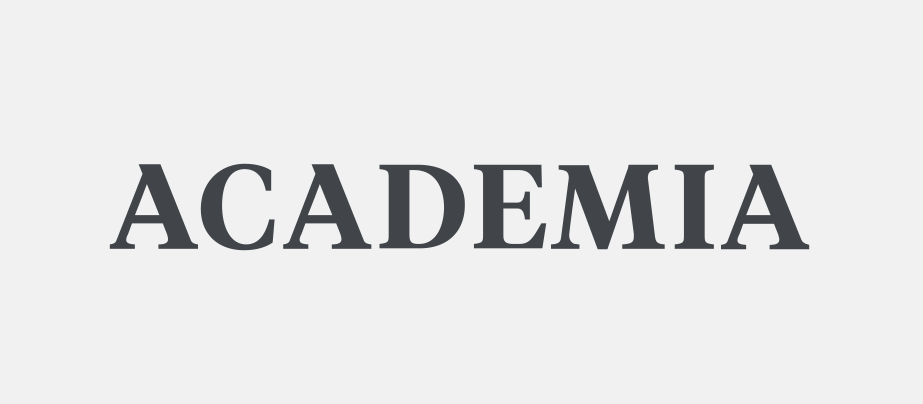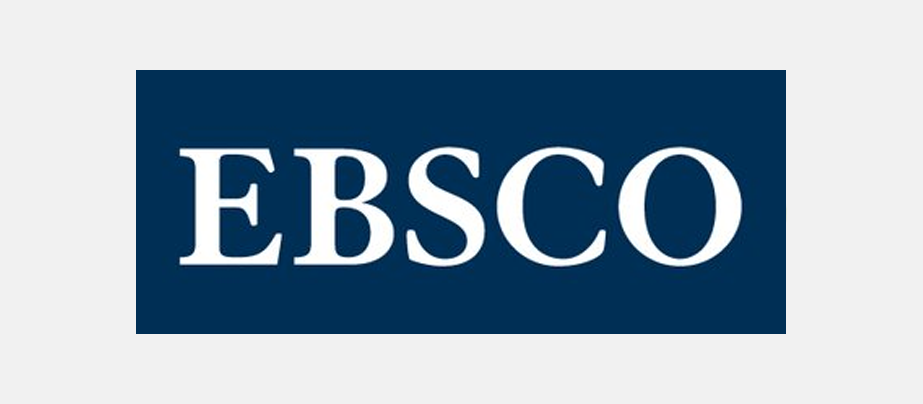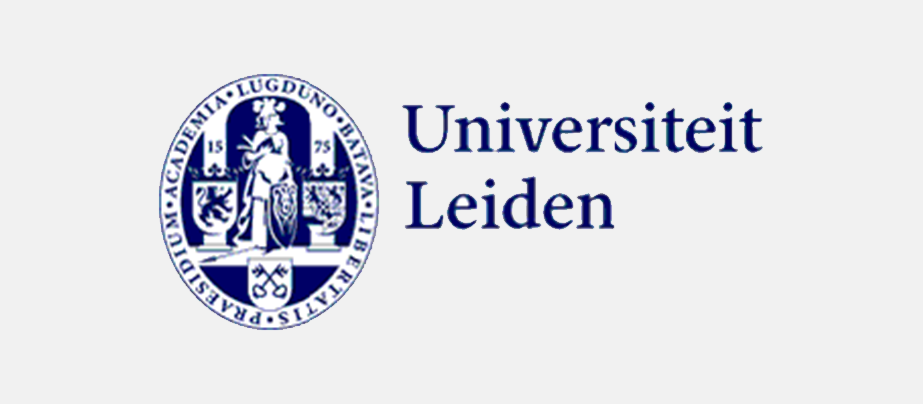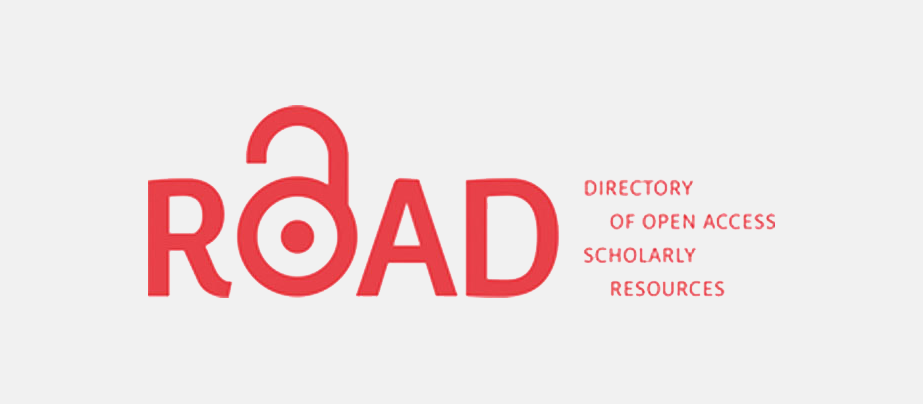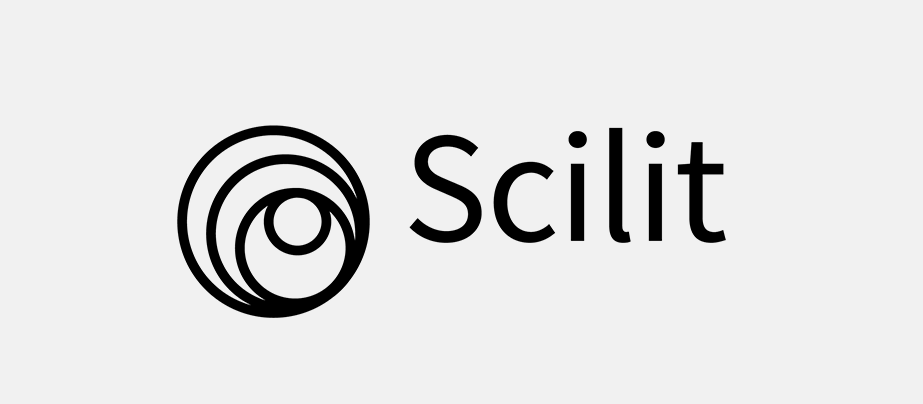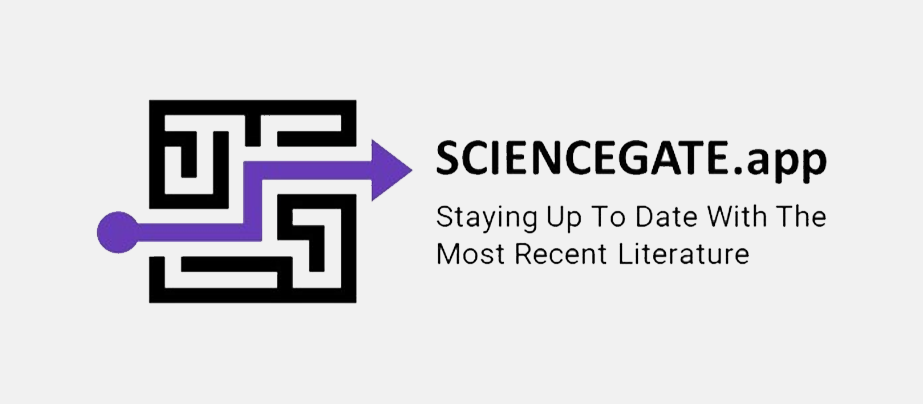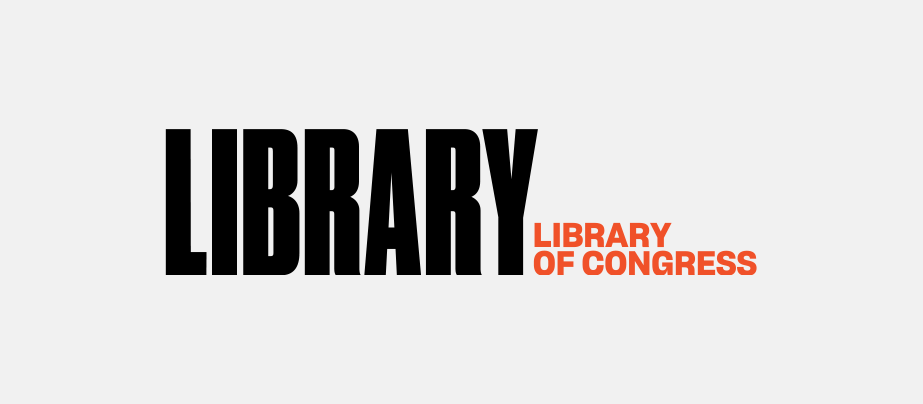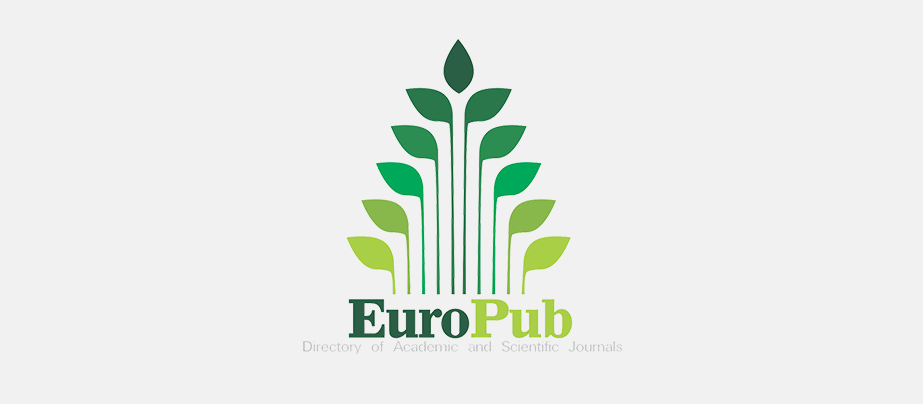Peran dan Fungsi Kelembagaan Mukim dalam Penyelesaian Perselisihan: Analisis Praktek Hukum Adat di Aceh
Abstract
Keywords
Full Text:
PDFReferences
A.Husein Almujahid, Thoha dan A. Atho’illah Fathoni Alkhalil. 2013. Kamus Akbar Bahasa Arab, Jakarta: Gema Insani.
Alfian dkk., T. Ibrahim. 1978. Adat Istiadat Daerah Provinsi Daerah Istimewa Aceh, Banda Aceh: Proyek Penelitian dan Pencatatan Kebudayaan Daerah.
Bakar (et.al.), Aboe. 1985. Kamus Aceh Indonesia 2, Seri M-Y, Jakarta: Pusat Pembinaan dan Pengembangan Bahasa Departemen Pendidikan dan Kebudayaan.
Bakhri, Syaiful. 2015. Sistem Peradilan Pidana Indonesia dalam Perspektif Pembaharuan, Teori dan Praktik Peradilan, Cet. 2, Yogyakarta: Pustaka Pelajar.
Dewi, Erna, Firganefi. 2014. Sistem Peradilan Pidana (Dinamika dan Perkembangan), ed. 2, Yogyakarta: Graha Ilmu.
Hugrange, Snock. 1985. The Achehnese,diterjemahkan Singarimbun (et.al.), Aceh Dimata Kolonialis, Yayasan Soko Guru, Jakarta.
Husin, Taqwaddin. 2013. Kapita Selekta Hukum Adat Aceh dan Qanun Wali Nanggroe, (Banda Aceh: Bandar Publishing.
Hutahaean, Bilher. Penerapan Sanksi Pidana Bagi Pelaku Tindak Pidana Anak Kajian Putusan Nomor 50/Pid.B/2009/PN-Btg, Jurnal Yudisial, vol. 6, No. 1, Jakarta: Komisi Yudisial Republik Indonesia, 2013.
Isa Sulaiman, M.. 2001. Tinjauan Historis Peradilan Adat di Aceh, dalam M. Isa Sulaiman (ed.), “Pedoman Adat Aceh: Peradilan dan Hukum Adat, Banda Aceh: Lembaga Adat dan Kebudayaan Aceh (LAKA).
Ismail, Badruzzaman. 2012. Pedoman Peradilan Adat di Aceh Untuk Peradilan Adat yang Adil dan Akuntabel, (Banda Aceh: MAA-BAPPENAS.
Jamin, Mohammad. 2014. Peradilan Adat Pergeseran Politik Hukum, Perspektif Undang-Undang Otomi Khusus Papua, Yogyakarta: Graha Ilmu.
Juned, T. M. 2001. Penerapan Sistem dan Asas-asas Peradilan Hukum Adat dalam Penyelesaian Perkara, dalam M. Isa Sulaiman (ed.), “Pedoman Adat Aceh: Peradilan dan Hukum Adat, Banda Aceh: Lembaga Adat dan Kebudayaan Aceh (LAKA).
Kamus Besar Bahasa Indonesia. 1995. Jakarta: Depatemen Pendidikan dan Kebudayaan, Balai Pustaka.
Prakoso, Abintoro. 2013. Pembaharuan Sistem Peradilan Pidana Anak, Surabaya: Laksbang Grafika.
S. Atalim, Keadilan Restoratif sebagai Kritik Inheren Terhadap Pengadilan Legal Konvensional, Jurnal Rechtcinding, vol. 2, Jakarta: Pusat Penelitian dan Pengembangan Sistem Hukum Nasional.
Syafi’i, Imam. 2008. Ringkasan Kitab Al-Umm, terj. Mohammad Yasir Abd Muthalib, Andi Arlin, cet. 6, jil. 1, Jakarta: Pustaka Azzam.
Tim Peneliti IAIN Ar-Raniry & Biro Keistimewaan Aceh Provinsi NAD. 2006. Kelembagaan Adat Provinsi Nanggroe Aceh Darussalam, Banda Aceh: Ar-Raniry Press.
Tripa, Sulaiman. 2015. Sejarah Perlawanan Mukim Berdaulat, dalam Adat Berdaulat Melawan Kapitalisme di Aceh, Yogyakarta: Insist Press.
Yunus, Muhammad. 1989. Kamus Arab-Indonesia, Jakarta: Hidakarya Agung.
DOI: http://dx.doi.org/10.22373/jms.v19i2.2025
Refbacks
- There are currently no refbacks.
Copyright (c) 2017 Media Syari'ah
All papers published in Media Syari'ah : Wahana Kajian Hukum Islam dan Pranata Sosial are licensed under a Creative Commons Attribution-ShareAlike 4.0 International License. |



.png)
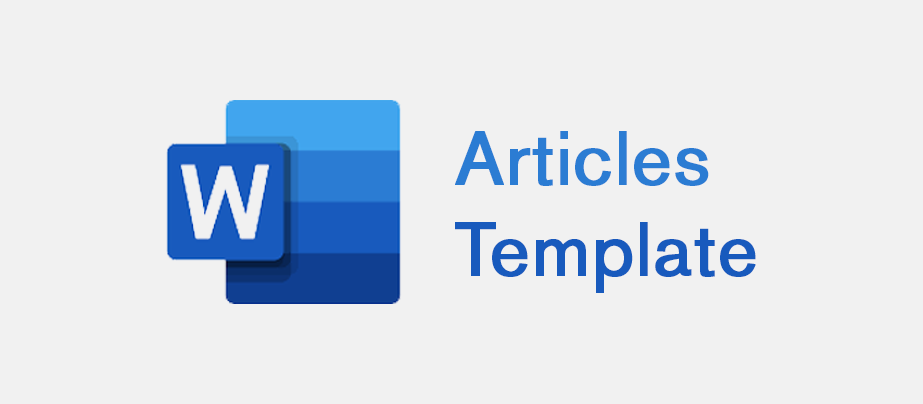

.png)
.png)
.png)





